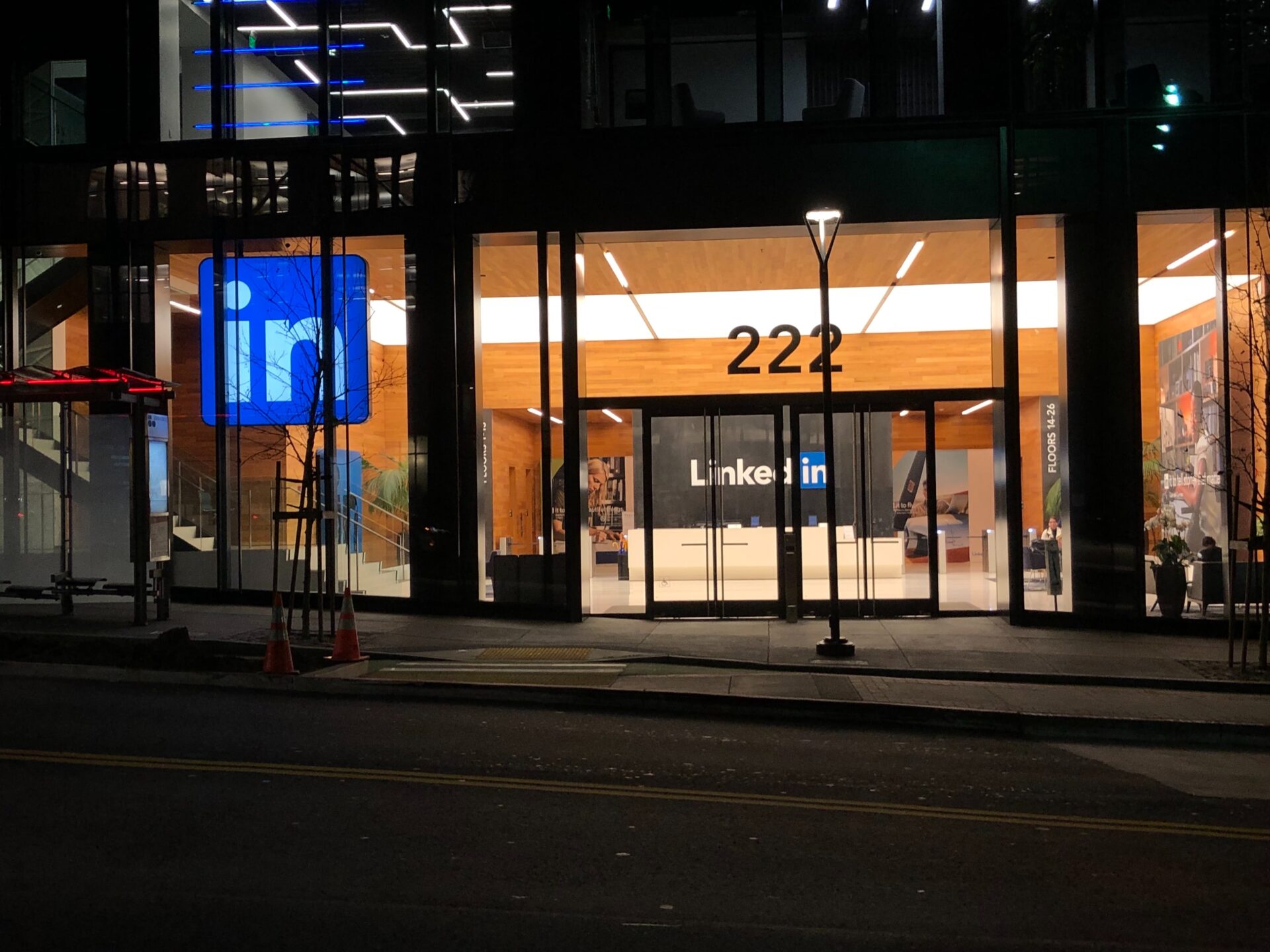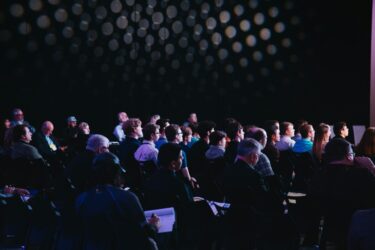If you’ve spent any time on Instagram, you’ve likely noticed the abundance of happy, adventurous, and food-loving people populating your feed. A few weeks on the website will make it clear that everybody seems to be leading a fun life except for you! But what about LinkedIn? While Instagram’s negative impact on mental health is well-documented, the platform’s professional cousin is often overlooked. The studies available on the effects of LinkedIn are surprisingly few.
However, based on my own anecdotal experience and that of many others online, LinkedIn is arguably the most disingenuous of all social media sites, requiring users to constantly self-promote and feign expertise to garner attention. This has created a toxic culture that leaves many feeling like imposters among the seemingly successful.
While LinkedIn has been increasingly helpful in connecting and networking with the right people, it is also a chore to keep your account active. The truth is, many people who use the platform don’t actually enjoy it. Rather, they feel pressured to keep posting in order to promote their businesses or appease their employers. The aggressively competitive and attention-seeking culture of the website is creating problems for everyone and it’s time to take a closer look at the harm that LinkedIn is causing.
As we get into this discussion, I will share a LinkedIn post as an example to lay the groundwork.

This post couldn’t be more tone-deaf! And no, I did not cherry-pick the worst of LinkedIn. In fact, a culture that prioritizes financial success over everything else is all too common on the platform. The future of the website looks dystopian and its effect on mental health cannot be ignored. Researchers at the University of Pittsburg found that participants using LinkedIn at least once per week had significantly greater odds of increased depression and anxiety. It is time to call for change where a more supportive environment is established, especially for those belonging to marginalized underprivileged groups.
A Capitalist’s Pipe Dream: A Culture of Self-Promotion, Virtue Signaling, Corporate Worship, and Toxic Productivity
If Elon Musk and the other billionaires could microchip us, we would all be ideal workers who are always productive and constantly pushing the limits. While that day has not come (thankfully!), the privileged LinkedIn users at the top of the food chain would like you to believe that this is what will actually generate wealth for you. Work yourself to death and hope that the capitalist gods give you a piece of the pie.
The biggest problem with LinkedIn is that it incentivizes users to present an idealized (and often fictitious) version of themselves and their work. A lot of the content on the platform is either endless bragging, expert advice, or encouragement of toxic corporate culture. Let us have a look at another LinkedIn post:
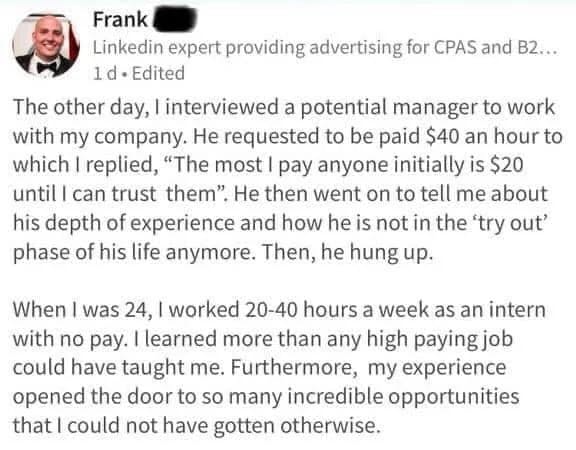
This privileged person wants you to believe that sacrificing your well-being and overworking while getting underpaid will take you to success. And, we will find several versions of this story on the platform. The user in this example is proud of their experience of working for free and belittles a managerial candidate for politely asking for fair compensation for his/her work. And, can we even corroborate his story? How many 24-year-olds have the luxury to work 40 hours a week while not getting any financial compensation?
This kind of rhetoric is all too common on LinkedIn, where the culture of self-promotion and toxic productivity reigns supreme. It perpetuates the capitalist’s pipe dream that hard work and determination will inevitably lead to wealth and success, while conveniently ignoring the systemic inequalities that often keep marginalized groups from achieving the same level of success as their privileged counterparts. This is harmful to young individuals who are still at the early stage of their careers and are vulnerable to toxic work cultures.
The Rise of Attention-Seeking Behavior, Low Self-Esteem, and Imposter Syndrome
Unlike many other social media websites where insufferable behavior is often mocked, on LinkedIn, this behavior is rewarded. The platform promotes a culture where users feel constant pressure to create content that will bring engagement, resulting in users resorting to clickbait and other attention-seeking strategies.
Users are expected to gloat about their successes, no matter how big or small, and teach newbies how to hustle and climb the ladder. You have no value unless you are a big shot who can drum up engagement by preaching on the website. This influences users to exaggerate their achievements and fabricate their stories to find a place on the platform. While this attention-seeking behavior works for people who are trying to sell themselves or their businesses on LinkedIn, it is creating a toxic culture of disingenuous networking where users connect with each other solely for engagement and transactional purposes.
The most affected are commoners who are just trying to do their “ordinary” jobs and move forward with their lives. All the successful people and pretend experts in the community are surely making many users on the website feel like imposters.
The constant need for self-promotion is bound to bring self-esteem issues, making a person feel that they are not good enough. This is similar to the problem we see on other social media platforms, such as Instagram, where users are bombarded with images and videos of seemingly perfect people and their perfect lives, making their own feel inferior and less fulfilling.
Moreover, the constant promotion of working hard and hustling to the limits takes a heavy toll on mental and physical health. It creates a fear of missing out and can lead to burnout and other mental health issues. Here’s a CEO asking young people with white-collar jobs to work 18 hours a day in their early careers. This post met with pushback from some of the community but still has over 5,000 likes on the platform.
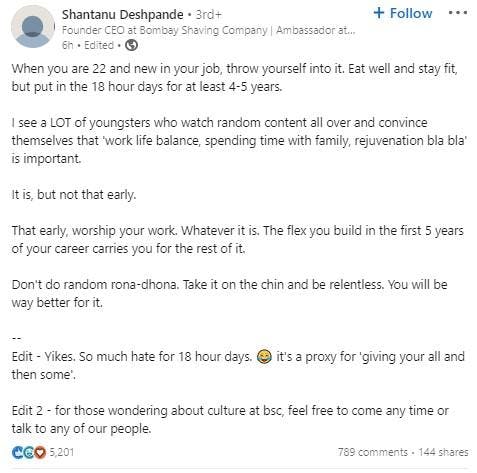
Here’s another one from the same CEO where he is showing his appreciation for an employee who works so hard, he has to sleep during transport. This one has gathered over 11,000 likes, perfectly showing the culture created on the platform. While the CEO has mentioned his concerns about his employee’s health, we can clearly understand, based on his previous post, what he is showcasing here.
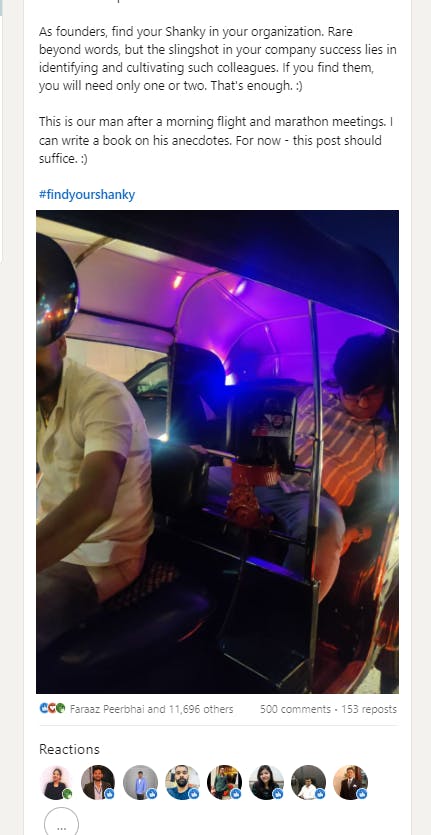
This is just the tip of the iceberg. Apart from all the physical and mental health concerns stemming from the website, LinkedIn’s heavy focus on personal branding and self-promotion also makes it difficult for marginalized and underprivileged groups to get themselves represented on the platform.
What Can We Do?
Support Authenticity on LinkedIn
One of the key challenges with the platform is the need for users to create a facade and showcase a fictional version of themselves. These users are constantly sharing their knowledge, signaling virtue among others, and are always on a growth journey. A lot of problems with LinkedIn would be solved if it rewarded users for being more authentic and genuine.
We are all humans and have learned through our experiences and are not perfect by any means. LinkedIn provides, by far, the biggest opportunity to network with peers and mentors in your field, and pretending to be a know-it-all is not the way to go.
It is understandable that professionalism is expected on a platform where you are to interact with colleagues, recruiters, and business partners. But, being vulnerable and authentic is not a weakness. People do business with people they can trust. And, nothing builds trust more than authenticity.
Acknowledge Those Who Desire a Balanced Fulfilling Life
If you’re a hustler who would work day and night to reach your financial goals, more power to you. But, the belittling of people who crave “ordinary” lives needs to stop.
There is nothing wrong with being “ordinary”. I had to break by hand to learn this the hard way. You don’t appreciate how amazing your everyday life is until something really bad happens to you.
As someone who had to start from zero like many others, I truly understand the value of money. But, slowly killing yourself and trying to make the most money possible as the best years of your life fade away is not the way to go. It is true that financial and societal success usually improves your quality of life but the business community, especially the one on LinkedIn, needs to start being accepting of people who are happy with the cards they have been dealt with.
The culture of toxic productivity that has plagued the platform, where you are deemed unworthy if you are not constantly growing or pushing yourself needs to end. Being a Dwight (from The Office) is fine but being a Stanley is also okay. The pressure to constantly be achieving and thriving is a significant cause of burnout, stress, unhappiness, and physical health problems. The idea that success only comes from monetary gains is flawed and it is important to recognize that everyone has different priorities in life.
A Call For Change: Responsibility of Users and The Platform
At the end of the road, the responsibility drops to both the users and the platform. LinkedIn is filled with remarkable people and there’s so much to learn from everyone. But, it is our responsibility as a community, to discourage toxic behavior and inauthenticity. Nobody is going to think less of you if you are not pretending to be a know-it-all. Your work is open for everyone to see, and it will speak for you.
In addition to fostering a positive community, it is also important to acknowledge the diverse perspectives and priorities of LinkedIn users. If you are a hustler who never gives up and tries to one-up himself every day, we respect your commitment and will. People like you change the world but not everybody can do what you do. And, that’s okay. Some people have different priorities in life and some people are happy with what they have. Just because LinkedIn is a career and business-focused network doesn’t mean that we should only be appreciative of the people who constantly outdo themselves. Everybody is trying to do something at the end of the day and we have to be accepting of everyone.
We also need to understand that while yes, miracles do happen, it is on average much harder for marginalized groups to get equal opportunities. Only 1% of CEOs in Fortune 500 companies are Black as of 2022. What does this statistic tell us? Intelligence and skills are required to advance in one’s career, however, opportunities may not be equally available to everyone.
But, not all of the responsibilities lie on the users. At the end of the day, LinkedIn as a platform decides the type of content it wants to reward. So, if any change were to happen, it would stem from the platform itself! With 900 million members worldwide, LinkedIn has the responsibility to create a positive and healthy space for its users. LinkedIn should take necessary measures to promote the importance of prioritizing work-life balance and overall well-being, including both physical and mental health. It must also train its algorithm to penalize morally unsafe content that promotes toxic productivity and corporate worship. Finally, it needs to discourage unhealthy competition and promote a collaborative environment.
In conclusion, it is the responsibility of both the platform and the users to foster a healthy and safe space that is receptive to everyone and acknowledges the differences in our mindsets that make us all human.
This article was originally published by Nilangan Ray on Hackernoon.



